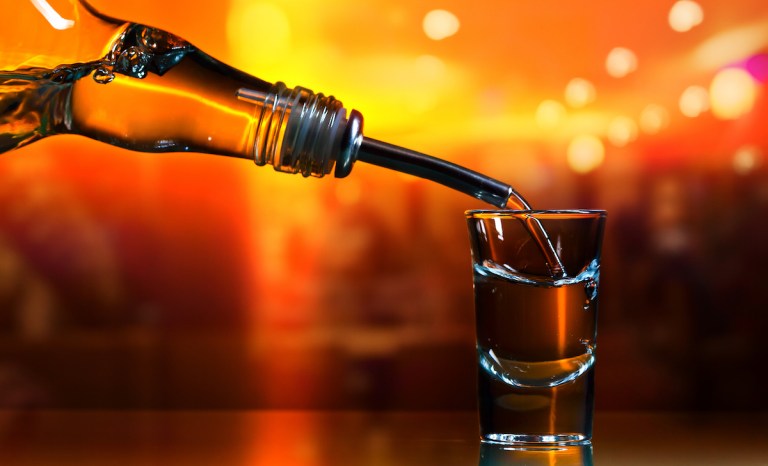
As alcoholic beverage brands look for ways to capture consumers’ attention and spending in the digital world, Purity Distillery sees contextual commerce help build these omnichannel connections.
Tate Troelstrup, president and CEO of the spirits brand, explained in an interview with PYMNTS how the company originally focused more on offering product recommendations and combinations than on simply driving sales.
“When we initially dipped our toe in, we were really focused on offering interesting groupings of our brands to try and find different touch points,” he said. “… The whole goal for us was just to create a connection with consumers. We were somewhat interested in sales, but more than anything, we were trying to figure out, as a small brand, how we could build a relationship with different consumers and what are they interested in.”
Part of this came down to influencer marketing, working with creators to offer, for instance, cocktail recipes that would encourage consumers to try the company’s gins and vodkas.
Many young consumers look to influencers to guide their spending decisions, per PYMNTS Intelligence research. According to the “Generation Zillennial: How They Shop” report, 13% of consumers nationwide stated that social media influencers or celebrities at least partially influenced their purchasing decisions in the previous 30 days. This figure more than doubled for Generation Z, with 28% reporting such influence, while 22% of millennials indicated the same.
Troelstrup noted that working with creators proved less effective than tapping micro-influencers, who tended to have stronger connections with their followings.
“Folks that had maybe a smaller follower count but a more authentic connection, and that’s what we’re looking for as we’ve built our own [customer relationship management (CRM)] and our own account — more about how we can have these high-quality interactions with consumers who will not only potentially buy us on eComm but knowing that eComm is part of a multi-touchpoint consumer journey,” he said.
As Purity Distillery’s digital strategy evolved, there was a shift from purely engaging consumers to incorporating a more sales-oriented approach. The company learned that directing consumers straight to an eCommerce hub was less effective than integrating them into a broader ecosystem. By providing various pathways — be it online purchases, finding local stores or ordering a cocktail at a nearby bar — Purity Distillery is creating a more flexible consumer journey.
“As [our omnichannel presence has] evolved, it’s become a little less blocky, a lot more nuanced and focused,” Troelstrup said.
Economic factors also play a role in shaping digital engagement. With rising price sensitivities, consumers prefer to buy products during their regular shopping trips rather than online, where shipping costs and delivery uncertainties can deter purchases. This effect mirrors the trend seen in the restaurant industry, where economic pressures have consumers shifting away from ordering delivery toward lower-cost channels such as pickup.
Looking ahead, Troelstrup said he expects some of these challenges to be alleviated, but the regulatory issues with alcoholic beverage eCommerce will continue to hamper growth in the space.
“A year from now, we’ll … hopefully have moved beyond some of the economic headwinds and be talking about what the online experience can look like for the consumer,” he said. “The consumer should have access to a great, wide selection of brands. eCommerce lets them do that, but of course, there are some compliance challenges, so I think that conversation will be ongoing and not something that goes anywhere anytime soon.”